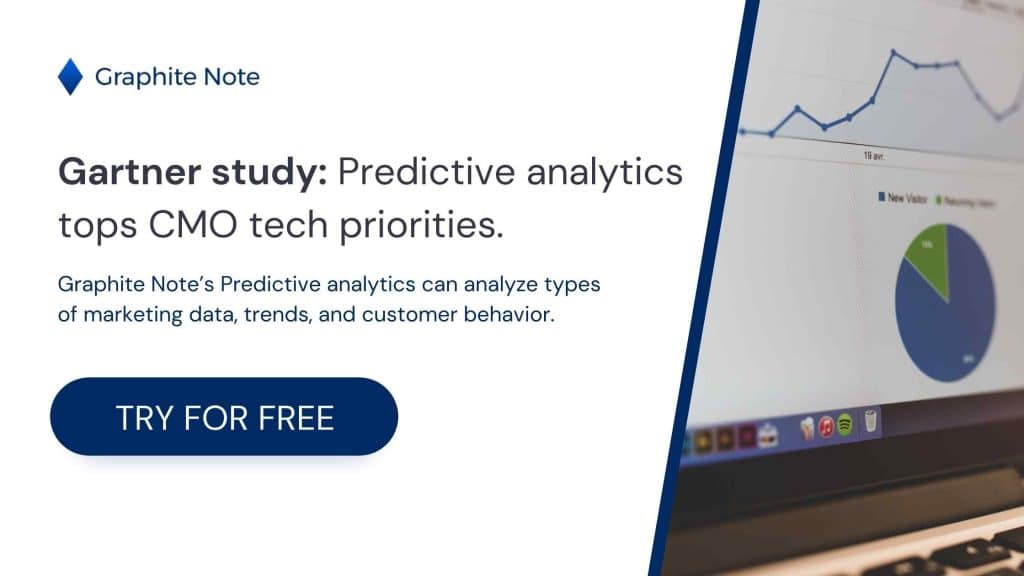As a digital marketing or marketing agency owner, you’re always looking for ways to stay ahead of the curve and deliver exceptional results for your clients. One of the most powerful tools at your disposal is artificial intelligence (AI), particularly when it comes to customer segmentation. Here’s how you can use AI to transform your agency’s approach towards the customer segmentation process and drive better results for your clients.
The Power of AI in Customer Segmentation
AI changes the way we approach your customer segmentation model. Instead of relying on broad, static categories, AI empowers you to create dynamic, highly specific customer segments based on a wealth of data points. You can offer your clients much more targeted and effective marketing strategies. Different customer segmentation strategies are required to better serve unique customer needs. Customer segmentation is important to enable optimal results for marketing campaigns. You can use a predictive analytics customer segmentation tool to enhance your results.
Enhance Customer Journey with AI
User segmentation and market segmentation is also made easier using AI. AI also helps you enhance the customer journey, better support your clients’ customer base, and improve customer service. AI-powered predictive analytics tools, like Graphite Note, can also help you focus on more profitable customers, define customer groups, and introduce effective user segmentation for your marketing campaigns. AI can also help you find loyal customers, new customers, the right customers, and target audience. AI also enables you to improve customer service and customer support, leading to a better customer experience. When defining user segments, user personas, and buyer personas, AI can help you respond to the unique needs of different audience segments. No matter the company size, AI is the best way to define different types of customers. Customer segmentation breaks down the customer base into specific groups, or smaller groups, or different groups. These different segments are based on similar characteristics, common characteristics, pain points, or patterns. When you know your power users and audience segments, you can develop more effective digital marketing campaigns, including email marketing and social media. This type of market research can also help with product design, product development, or introducing a new product or new products. AI helps you undertake customer segmentation in an effective, easy way.
AI Benefits for Your Agency
When incorporating AI into your customer segmentation processes, you can:
- Analyze vast amounts of customer data quickly and accurately.
- Identify patterns and trends that humans might miss.
- Create more precise and nuanced customer segments.
- Predict future customer behavior and preferences.
- Continuously refine and update customer segments in real-time.
These capabilities allow you to provide more value to your clients and differentiate your agency in a competitive market.
Implementing AI-Driven Customer Segmentation
To start using AI for customer segmentation in your agency, consider the following steps:
- Choose the Right Customer Segmentation Tools: Look for user-friendly AI platforms and customer segmentation software that don’t require extensive technical expertise. This will allow your marketing team to quickly adopt and benefit from AI technology. Graphite Note’s intuitive interface makes it easy to use AI to enhance customer segmentation strategies, without the need for technical expertise.
- Collect and Prepare Customer Data: Ensure you have access to high-quality, comprehensive customer data about your clients’ customers. This may include purchase history, browsing behavior, demographic information, and more. Using a customer data platform can help streamline this process.
- Define Clear Customer Segmentation Goals: Work with your clients to establish clear goals for their segmentation efforts. Are they looking to increase customer retention? Boost sales of a particular product? Improve overall engagement?
- Apply AI Algorithms and Customer Segmentation Models: Use your chosen AI tools to analyze the data and create detailed customer segments based on your clients’ objectives. Employ various customer segmentation models such as demographic segmentation, geographic segmentation, psychographic segmentation, and behavioral segmentation to categorize customers into distinct groups.
- Develop Targeted Marketing Strategies: Use the insights gained from AI-driven customer segmentation analysis to craft highly personalized marketing campaigns for each segment. This approach ensures that your marketing messages resonate with the right audience at the right time.
- Monitor and Refine Your Customer Segmentation Strategy: Continuously track the performance of your segmentation strategies and use AI to refine and update them over time. This iterative process helps in maintaining the effectiveness of your marketing efforts.
How To Measure the Success of Your AI Customer Segmentation Strategy
To demonstrate the value of AI-driven customer segmentation to your clients, focus on key performance indicators (KPIs) such as:
- Increased conversion rates.
- Higher customer lifetime value.
- Improved customer retention.
- Better ROI on marketing spend.
Highlighting concrete improvements in these areas, you can justify the investment in AI technology and strengthen your relationships with clients.
Customer Segmentation Examples and Strategies
Here are some practical examples and strategies for leveraging AI in customer segmentation:
- Behavioral Segmentation: Analyze customer behavior, such as spending habits and usage patterns, to create segments that reflect different customer needs and preferences.
- Geographic Segmentation: Use geographic data to tailor marketing efforts based on location, which can be particularly effective for local businesses or region-specific campaigns.
- Psychographic Segmentation: Segment customers based on personality traits, values, and lifestyles to create more personalized marketing messages. It’s even possible to define your customer segments by job title, marital status, or any type of variable you choose.
- Technographic Segmentation: Categorize customers based on their technology usage, device type, and preferences, which is useful for targeting tech-savvy audiences.
Overcoming Challenges in Customer Segmentation
Implementing AI-driven customer segmentation may present challenges such as inadequate data quality or lack of skilled data scientists. Organizations must invest in enhancing data quality processes, clarify objectives related to customer segmentation strategies, and provide training for effective use of customer segmentation tools.

Conclusion
AI can help you enhance your customer segmentation strategies and drive revenue growth. Using AI-driven customer segmentation processes, customer segmentation analysis, and customer segmentation models, you can identify profitable customers, create targeted marketing campaigns, and enhance the overall customer experience. As you continue to use AI-powered customer segmentation tools, you’ll see substantial improvements in their marketing efforts and customer success. Ready to transform your digital marketing with the power of AI-driven customer segmentation? Graphite Note is your go-to platform for building, visualizing, and explaining Machine Learning models tailored to your business needs. Our no-code predictive analytics platform is designed for growth-focused teams who want to use AI without the complexity. Whether you’re an agency without a data science team or a data analyst looking to make data-driven decisions, Graphite Note simplifies the process, turning your data into actionable insights and precise business outcomes. Take the first step towards smarter marketing and Request a Demo today to see how Graphite Note can unlock your team’s potential and drive growth.





